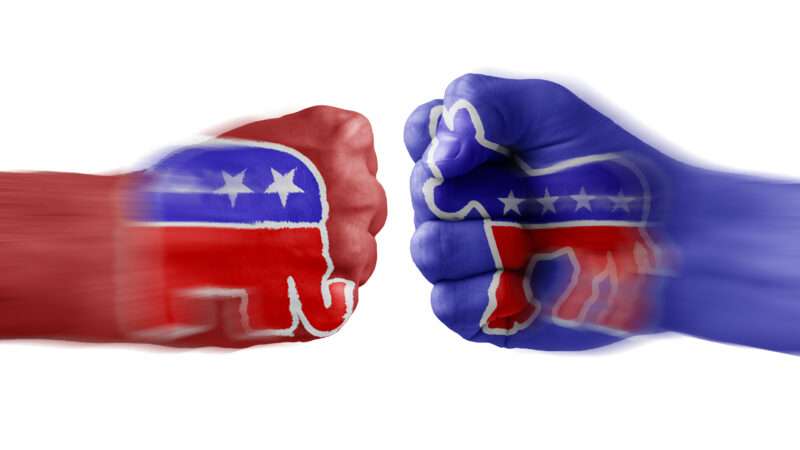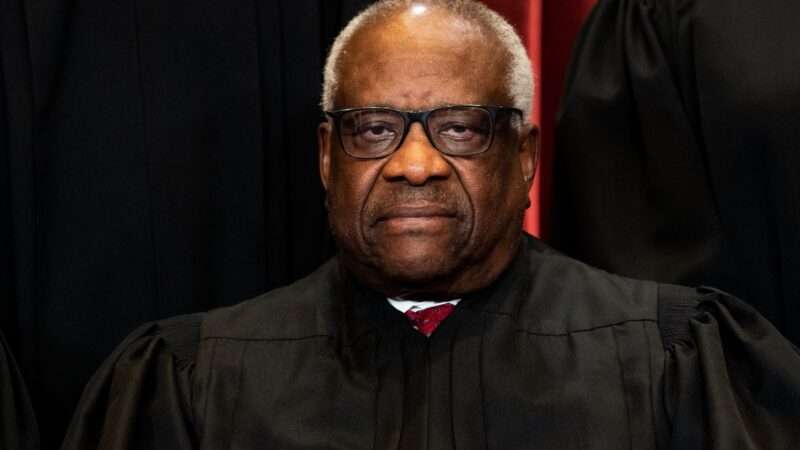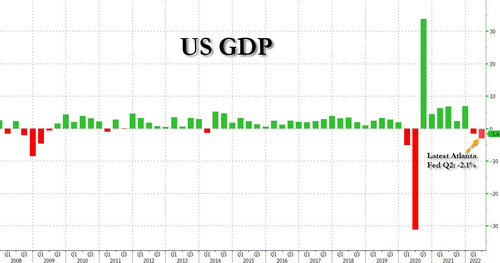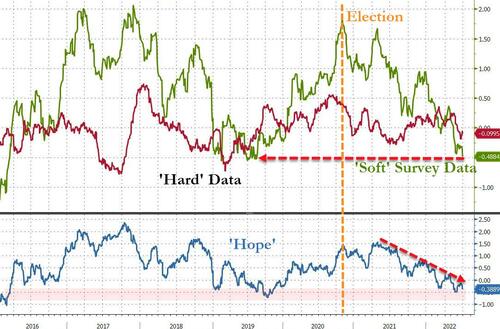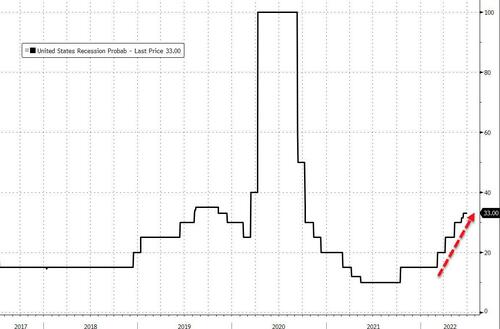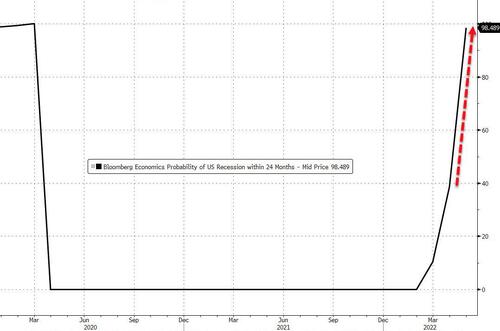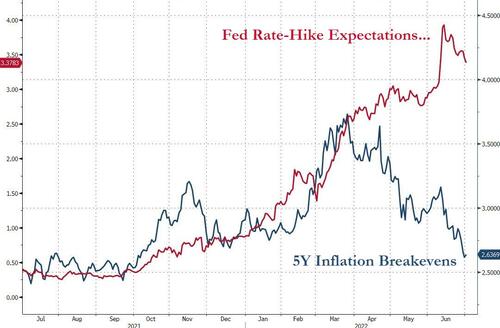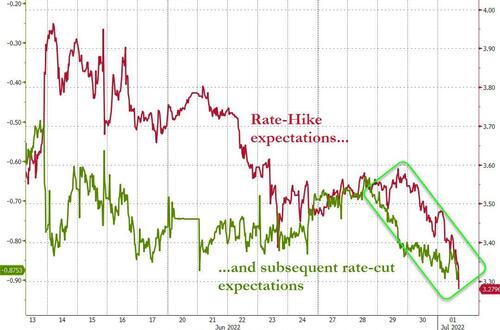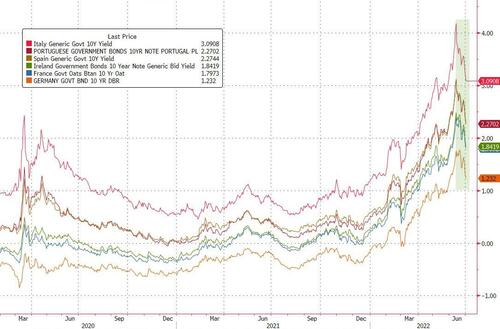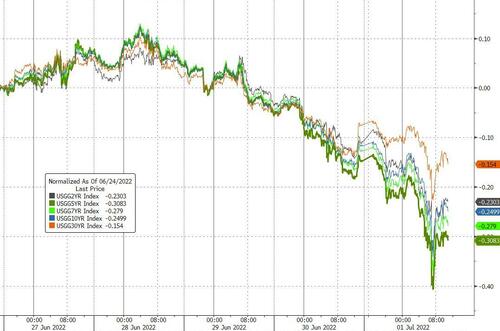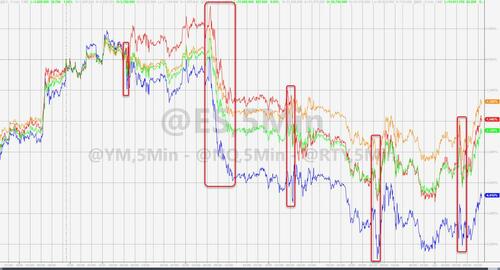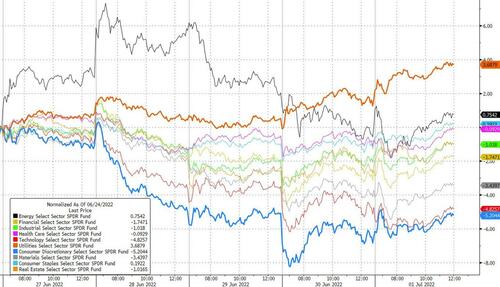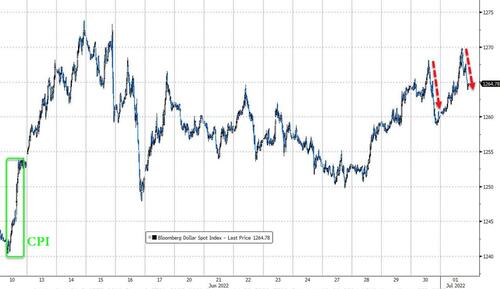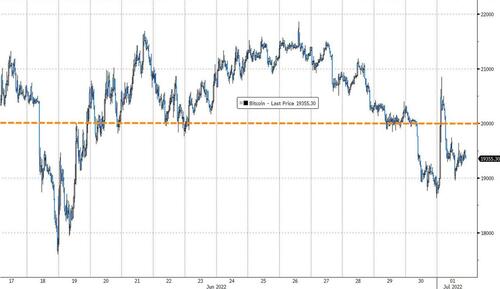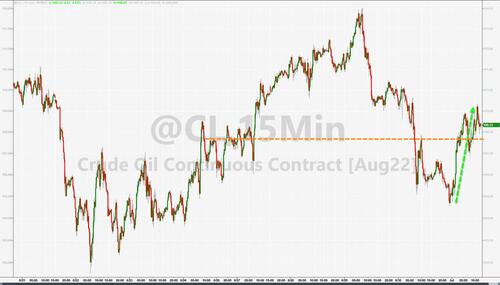The Supreme Court yesterday vacated four appeals court decisions upholding gun control laws, remanding the cases for reconsideration in light of its decision last week in New York State Rifle & Pistol Association v. Bruen. The remanded cases involve Hawaii’s restrictions on carrying guns for self-defense, California’s 10-round magazine limit, a similar New Jersey law, and Maryland’s “assault weapon” ban.
In Bruen, the Court said New York’s restrictions on carrying concealed handguns in public, which required “proper cause” for a permit, violated the Second Amendment. The majority opinion by Justice Clarence Thomas, which was joined by five other justices, also clarified the constitutional test for gun regulations, rejecting “interest-balancing” standards in favor of a historical approach that asks whether a challenged law is analogous to restrictions that have traditionally been viewed as consistent with the right to keep and bear arms.
The issue addressed in Young v. Hawaii, a 9th Circuit case, bears the closest resemblance to the facts in Bruen. Young involves Hawaii’s highly restrictive carry permit policy, which requires that applicants demonstrate “the urgency or the need” to carry unconcealed firearms, that they have “good moral character,” and that they are “engaged in the protection of life and property.” As interpreted by Hawaii County (the “Big Island”), those standards limit open-carry permits to “private detectives and security guards.”
Hawaii’s concealed-carry policy, which was not at issue in Young, was similarly restrictive. It required a permit applicant to satisfy the county police chief that he represented “an exceptional case” and that he had “reason to fear injury” to his “person or property.” That law was consistent with the 9th Circuit’s 2016 decision in Peruta v. San Diego County, which upheld a local interpretation of California’s “good cause” requirement for concealed-carry permits, declaring that there is “no Second Amendment right for members of the general public to carry concealed firearms in public.”
In 2017, the Supreme Court declined to hear an appeal of the 9th Circuit’s decision in Peruta, prompting objections from Thomas in a dissent joined by Justice Neil Gorsuch. “I find it extremely improbable that the Framers understood the Second Amendment to protect little more than carrying a gun from the bedroom to the kitchen,” Thomas wrote. Five years later, Thomas’ majority opinion in Bruen decisively rejected that proposition.
Pre-Bruen, the question for the 9th Circuit in Young was whether carrying guns openly was constitutionally different from carrying them concealed, which Peruta had deemed outside the scope of the Second Amendment. In 2018, a divided three-judge panel concluded that the distinction was relevant. In an opinion by Judge Diarmuid O’Scannlain, the panel said “the Second Amendment encompasses the right of a responsible law-abiding citizen to carry a firearm openly for self-defense outside of the home.” After rehearing the case, the 9th Circuit overturned that decision.
Hawaii’s rules (like California’s) represented the very sort of discretionary carry permit policy that the Supreme Court rejected in Bruen. Residents did not have a presumptive right to carry firearms for self-defense. Instead, they had to satisfy local officials that they had a good enough reason to do so, which transformed a “right of the people” into a privilege for the few. The 9th Circuit nevertheless concluded that “Hawai’i’s restrictions on the open carrying of firearms reflect longstanding prohibitions” and therefore regulate conduct “outside the historical scope of the Second Amendment.”
That 2021 decision pitted Judge Jay Bybee, who wrote the majority opinion, against O’Scannlain, who wrote a blistering dissent that was joined by three other judges. Bybee and O’Scannlain both looked to history for evidence that Hawaii’s virtual ban on public carry was consistent with the Second Amendment, but they reached diametrically opposed conclusions.
“The Second Amendment to the United States Constitution guarantees ‘the right of the people to keep and bear Arms,'” O’Scannlain wrote. “Today, a majority of our court has decided that the Second Amendment does not mean what it says. Instead, the majority holds that while the Second Amendment may guarantee the right to keep a firearm for self-defense within one’s home, it provides no right whatsoever to bear—i.e., to carry—that same firearm for self-defense in any other place….We now become the first and only court of appeals to hold that public carry falls entirely outside the scope of the Amendment’s protections.”
Duncan v. Bonta, another 9th Circuit gun case that the Supreme Court remanded yesterday, likewise overturned a panel decision that took a broader view of the rights protected by the Second Amendment. That case involves California’s ban on magazines that hold more than 10 rounds, which it calls “large capacity magazines” (LCMs), even though they come standard with many of the most popular handguns and rifles sold in the United States.
In 2020, a divided 9th Circuit panel concluded that the magazine limit was inconsistent with the constitutional right to armed self-defense. “Firearms or magazines holding more than ten rounds have been in existence—and owned by American citizens—for centuries,” Judge Kenneth Lee noted in the majority opinion. “Firearms with greater than ten round capacities existed even before our nation’s founding, and the common use of LCMs for self-defense is apparent in our shared national history.”
The 9th Circuit overturned that decision last year, applying the “two-step framework” that Bruen unambiguously rejected. The court assumed, without deciding, that California’s law implicated the Second Amendment. It then applied “intermediate scrutiny,” which requires that a challenged law be “substantially related to the achievement of an important governmental interest.” The court thought the LCM ban clearly met that test, because there was a “reasonable fit” between the 10-round limit and the “important government interest of reducing gun violence.”
The 9th Circuit noted that “many mass shootings involve large-capacity magazines” and averred that “large-capacity magazines tragically exacerbate the harm caused by mass shootings.” LCMs “allow a shooter to fire more bullets from a single firearm uninterrupted,” it said, “and a murderer’s pause to reload or switch weapons allows potential victims and law enforcement officers to flee or to confront the attacker.” The court gave no weight to the implications of that “pause to reload” in self-defense situations.
In a dissent joined by Judges Sandra Ikuta and Ryan Nelson, Judge Patrick Bumatay described LCMs as “a firearm component with a long historical lineage commonly used by Americans for lawful purposes, like self-defense.” Bumatay noted that “these magazines are lawfully owned by millions of people nationwide and come standard on the most popular firearms sold today.” In his view, those facts made the LCM ban clearly inconsistent with the Second Amendment as interpreted by the Supreme Court in the landmark 2008 case District of Columbia v. Heller. Under that precedent, he said, “the Constitution protects the right of law-abiding citizens to keep and bear arms typically possessed for lawful purposes.”
In a separate dissent, O’Scannlain agreed with Bumatay and criticized the 9th Circuit’s general approach to Second Amendment cases, which he said reflected “a single-minded focus on ensuring that any panel opinions actually enforcing the Second Amendment are quickly reversed.” The majority of the 9th Circuit “distrusts gun owners and thinks the Second Amendment is a vestigial organ of their living constitution,” O’Scannlain wrote. “Those views drive this circuit’s caselaw ignoring the original meaning of the Second Amendment and fully exploiting the discretion inherent in the Supreme Court’s cases to make certain that no government regulation ever fails our laughably ‘heightened’ Second Amendment scrutiny.”
The Supreme Court also vacated Association of New Jersey Rifle and Pistol Clubs v. Bruck, a 2020 decision in which the U.S. Court of Appeals for the 3rd Circuit upheld that state’s ban on magazines that hold more than 10 rounds. The three-judge panel deferred to another 3rd Circuit panel’s conclusion that the law was constitutional.
Like the 9th Circuit in cases like Duncan, that 2018 decision applied a “two-step analytical approach.” It assumed, without deciding, that the magazine limit had something to do with the Second Amendment and then proceeded to uphold the law under intermediate scrutiny, concluding that “New Jersey’s law reasonably fits the State’s interest in public safety and does not unconstitutionally burden the Second Amendment’s right to self-defense in the home.”
Writing in dissent, Judge Paul Matey, like Bumatay in Duncan, reviewed the long history of allowing Americans to possess guns that can fire more than 10 rounds without reloading. As he saw it, that history made it clear that the magazines New Jersey had banned were covered by the Second Amendment. He concluded that the law could not pass muster even under intermediate scrutiny, since the state had not presented evidence that a 10-round limit would have a measurable impact on mass-shooting fatalities or that its prior, 15-round limit had such an effect. Anticipating Bruen, Matey also expressed “serious doubts” about the “the two-step balancing test,” which he suggested was inconsistent with Heller.
Bianchi v. Frosh, the fourth decision that the Supreme Court vacated yesterday, upheld Maryland’s ban on “assault weapons,” defined to include specified models, “copies” of them, and any semiautomatic centerfire rifle that accepts detachable magazines and has two or more of three features: a folding stock, a grenade or flare launcher, or a flash suppressor. The same law includes a 10-round magazine limit.
In the 2017 case Kolbe v. Hogan, the U.S. Court of Appeals for the 4th Circuit ruled that “the banned assault weapons and large-capacity magazines are not protected by the Second Amendment.” Four years later in Bianchi, a 4th Circuit panel rejected another challenge to the “assault weapon” ban, citing Kolbe, which reasoned that the guns covered by the law were similar to “weapons that are most useful in military service” and “thus outside the ambit of the Second Amendment.” Even if that were not true, the majority said, Maryland’s law would satisfy intermediate scrutiny.
In a dissent joined by three other judges, Judge William Traxler described the majority’s opinion as extreme. “In concluding that the Second Amendment does not even apply, the majority has gone to greater lengths than any other court to eviscerate the constitutionally guaranteed right to keep and bear arms,” he wrote. Contrary to that view, he said, the burden that Maryland’s law imposes on Second Amendment rights is “considerable,” justifying strict scrutiny, which requires that a law be “narrowly tailored to achieve a compelling governmental interest.” Traxler had reached the same conclusion in a 2016 decision by a divided 4th Circuit panel.
In his 2017 dissent, Traxler noted that the guns covered by Maryland’s ban “are commonly possessed by law-abiding citizens.” Like Matey, he argued that the “balancing test” applied by the majority was “contrary to Heller.” He noted that the majority ignored the “common use” criterion and made “no attempt to demonstrate that semiautomatic rifles have been historically prohibited as ‘dangerous and unusual’ weapons.” He added that “Heller in no way suggests that the military usefulness of a weapon disqualifies it from Second Amendment protection.”
Furthermore, Traxler said, “if the majority is correct that the semiautomatic AR-15’s rate of fire makes it a weapon of war outside the scope of the Second Amendment, then all semiautomatic firearms—including the vast majority of semiautomatic handguns—enjoy no constitutional protection since the rate of fire for any semiautomatic firearm is determined by how fast the shooter can squeeze the trigger. Such a conclusion obviously flies in the face of Heller, which never mentions rate of fire as a relevant consideration.”
Traxler added that several of the “military-style” features that made certain guns intolerable in Maryland, such as telescoping stocks, pistol grips, and barrel shrouds, “do not make the firearms more lethal or battle-ready, but easier to use.” And he argued that the majority was “patently wrong” in declaring that “these weapons are not even well-suited for defense of hearth and home.”
Although supporters of “assault weapon” bans present them as obviously sensible, that impression quickly dissolves when you consider how the targeted weapons are defined. Such laws focus on functionally unimportant features, arbitrarily banning certain guns while tolerating many others that fire the same ammunition at the same rate with the same muzzle velocity. Their illogic makes it implausible to suggest that they pass any level of scrutiny, even a “rational basis” test that actually demands rationality.
In any event, the Supreme Court in Bruen made it clear that the relevant question is not whether a gun law passes a “judge-empowering ‘interest-balancing inquiry’ that ‘asks whether the statute burdens a protected interest in a way or to an extent that is out of proportion to the statute’s salutary effects upon other important governmental interests.'” The question is whether the law resembles historical antecedents that were generally viewed as consistent with the right to armed self-defense.
Concurring in Bruen, Justice Brett Kavanaugh emphasized that “the Second Amendment is not unlimited,” saying it “allows a ‘variety’ of gun regulations.” But before gun control enthusiasts surmise that such regulations surely include “common-sense” laws like Maryland’s, they should have a look at Kavanaugh’s dissent from a 2011 decision in which the U.S. Court of Appeals for the D.C. Circuit upheld the District of Columbia’s “assault weapon” ban. Kavanaugh noted that the D.C. law covered a “haphazard” set of arbitrarily selected guns “with no particular explanation or rationale for why some made the list and some did not.” He concluded that the ban was inconsistent with Heller.
“There is no meaningful or persuasive constitutional distinction between semi-automatic handguns and semiautomatic rifles,” Kavanaugh wrote. “Semi-automatic rifles, like semi-automatic handguns, have not traditionally been banned and are in
common use by law-abiding citizens for self-defense in the home, hunting, and other lawful uses. Moreover, semi-automatic handguns are used in connection with violent
crimes far more than semi-automatic rifles are. It follows from Heller‘s protection of semi-automatic handguns that semi-automatic rifles are also constitutionally protected and that D.C.’s ban on them is unconstitutional.”
In a New York Times essay published today, Duke law professors Joseph Blocher and Darrell A.H. Miller argue that Bruen‘s historical test poses questions that will often be difficult for judges to answer. They are right about that, as illustrated by the clash between Bybee and O’Scannlain in Young. But Blocher and Miller’s complaint about the “judge-empowering form of historical reasoning” that Bruen supposedly invites elides the even more judge-empowering form of interest-balancing reasoning that appeals courts typically applied in Second Amendment cases until now.
While historical evidence is sometimes equivocal or difficult to find, it still imposes a constraint on judges who might otherwise be inclined to uphold any gun law they personally view as appropriate. That sort of broad discretion is dangerous to civil liberties, which include the fundamental right to armed self-defense, even if many judges view it as an inconvenient obstacle to enlightened policy.
The post SCOTUS Vacates 4 Decisions Upholding Gun Control Laws Whose Constitutionality Now Looks Doubtful appeared first on Reason.com.
from Latest https://ift.tt/Vv71cfG
via IFTTT
